Do you need a reliable way to charge your dry cell batteries? Well, you’re in luck because this guide has got all the answers you need to ensure your batteries are charged and ready to use. This blog post will delve into all the details surrounding charging dry cell batteries so that you can make sure your batteries are always in great condition. From understanding the importance of timing and temperature to learning the basics of modern charging technologies, you’ll find everything you need to know about charging dry cell batteries here!
Typical applications of a dry cell battery
A dry cell battery is a type of primary battery that is commonly used in portable electronic devices. These batteries are typically composed of carbon-zinc, alkaline, or lithium cells and provide electricity for low current draws. Here are some common applications of the dry cell battery:
- Flashlights: Dry cell batteries power most handheld flashlights used for camping or emergency lighting.
- Remote Controls: Remote control for televisions, DVD players, and garage door openers often require small amounts of electrical energy to operate, which is provided by dry cell batteries.
- Cell Phones & Digital Cameras: The rechargeable lithium-ion batteries found in most modern cellular phones and digital cameras are actually a type of dry cell battery.
- Portable Music Players: Dry cell batteries are used to power portable music players such as CD players or MP3 players.
- Hearing Aids: Many hearing aids are powered by small, lightweight dry cell batteries that last for several weeks before needing replacement.
- GPS Units & Electronic Games: Standard AA and AAA-sized dry cells provide electrical energy for GPS units and handheld electronic games.
- Toys: Many toys use a variety of sizes of dry cells to power their lights and sounds. These range from small watch batteries to larger 9-volt cells depending on the toy’s size and complexity.
- Electronics: Dry cells are often used in cars to operate the clock, radio, and other small electronics.
- Medical Equipment: Many medical devices such as digital thermometers, cardiac monitors and glucose meters rely on dry cell batteries for their power source.
- Home Security Systems: Most home security systems use a type of dry cell battery to provide backup power in the event of a power outage. This ensures that the system will still be able to provide protection even without electricity.
- Power Tools: Several types of cordless power tools are powered by rechargeable lithium-ion batteries, which are actually a form of dry cell battery.
- Calculator Watches & Other Wearables: Miniature dry cells can be found in calculator watches and other wearable electronic devices to provide low-voltage electrical power.
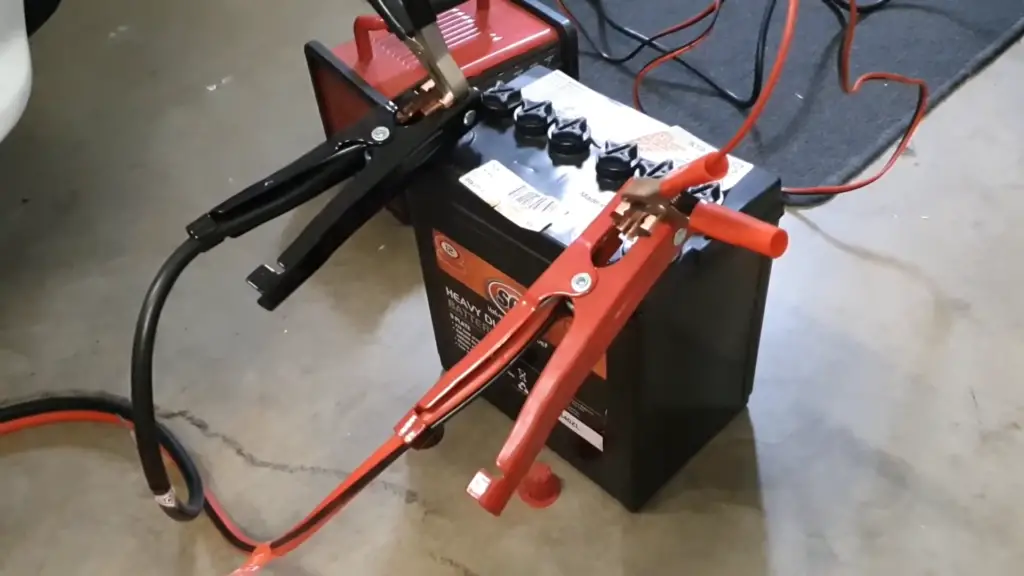
This is just a small sample of the many applications where dry cell batteries are used to provide electrical energy for portable devices. As technology continues to evolve, so too do the types and sizes of dry cell batteries available in the market [1].
Can Dry Cell Batteries Be Recharged?
Yes, dry cell batteries can be recharged. The most common type of rechargeable battery is the nickel-cadmium (NiCd) battery. These batteries are similar to disposable alkaline batteries but have a much longer life cycle and can be recharged hundreds of times. Some newer types of rechargeable batteries such as lithium-ion (Li-ion) and nickel metal hydride (NiMH) are also becoming more popular due to their higher energy densities and improved performance.
Finally, it is also important to use the proper charging equipment when recharging dry cell batteries. Different types of batteries require different voltage and current levels in order to charge properly, so be sure you are using an appropriate charger that is compatible with your specific battery type. With the right tools and knowledge, you can safely recharge most types of dry-cell batteries [2].
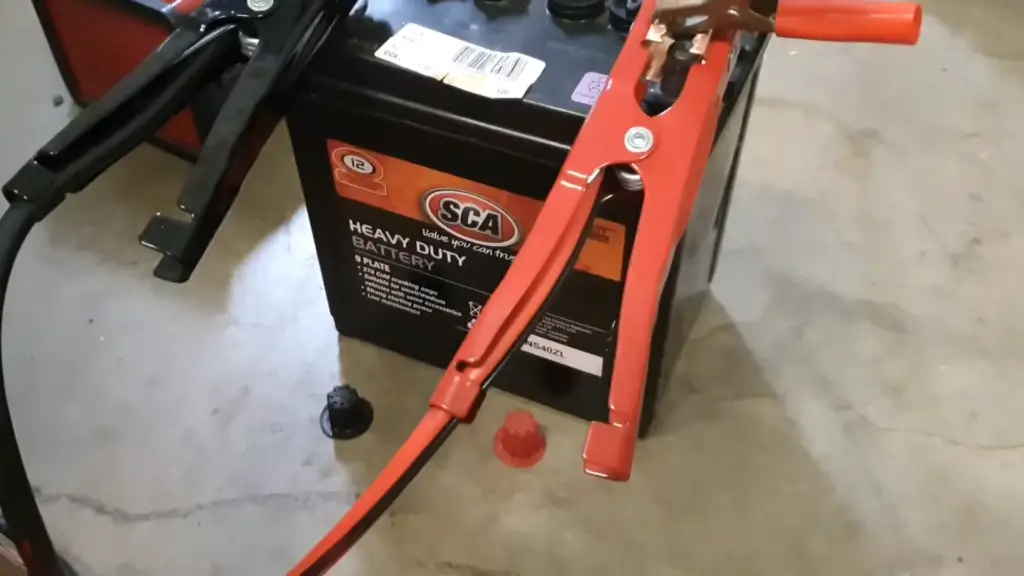
Charging a dry cell battery
Step 1: Gather your supplies
To charge a dry cell battery, you will need a charger that is compatible with the type of battery you are trying to charge. You’ll also need some safety gear like safety glasses and gloves, as well as an appropriate work surface for the task.
Step 2: Prepare the area
Once you have gathered all your supplies, find a safe work surface on which to place the charger and battery. Make sure that this area is free from any flammable materials or items that could potentially cause a short circuit. Keep children and animals away from the work area.
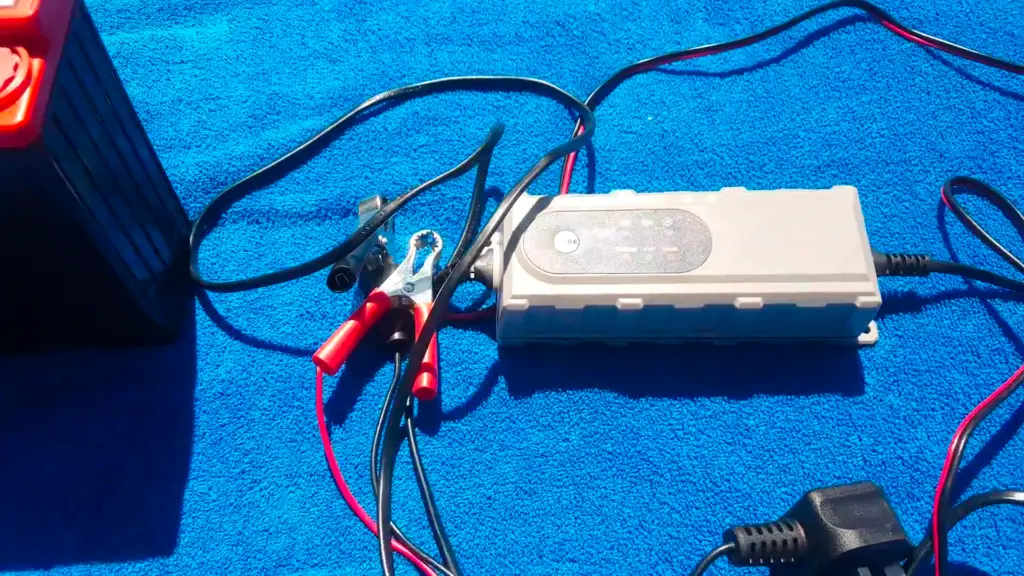
Step 3: Connect the charger
Connect the charger to the correct type of port on your battery in accordance with its instructions. If the charger has a voltage selector, make sure it is set to the correct voltage for your battery. Make sure all connections are secure and free of debris.
Step 4: Charge the battery
Once everything is connected properly, plug in the charger and switch “on” or adjust the setting to begin charging your dry cell battery. Refer to your specific charger’s instructions for further details on how long you should leave the battery charging. Once it has reached full charge, unplug and disconnect from the battery before using it again.
Step 5: Store safely when not in use
When not in use, store your dry cell battery in a cool, dry place away from direct sunlight and electrical sources that could potentially cause a fire or short circuit. Make sure that the battery terminals are clean and free from any debris such as corrosion, dirt, or grease.
Step 6: Dispose of safely
When your dry cell battery is no longer being used or reaches its end of life, dispose of it properly according to local regulations and instructions. Never throw batteries in the trash because they contain chemicals that can be hazardous to people and the environment. Make sure that you recycle them correctly at an appropriate facility [3].
Follow all safety precautions when charging a dry cell battery; this includes wearing safety glasses and gloves, having an appropriate work surface area, and making sure that any flammable items are kept away from the charger and battery.
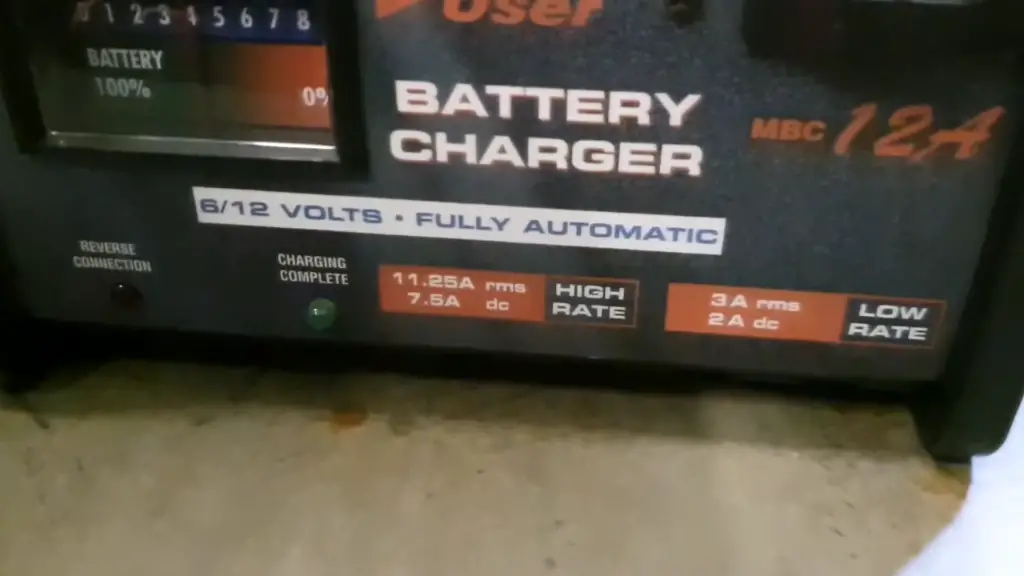
Preventing thermal dry cell batteries’ runaway heating
Runaway thermal dry cell battery heating can be prevented by following a few safety steps. First, make sure the battery is correctly installed in the device or system and that it is compatible with the device’s operating specifications.
Second, check to ensure that the charging and discharging current settings are appropriate for the battery type. Third, never place any objects on top of the battery as this increases temperature and reduces cooling efficiency. Fourth, only use a charger designed specifically for thermal dry cell batteries; using an incompatible charger could damage or destroy the battery.
Finally, always store thermal dry cell batteries in cool places away from direct sunlight and other sources of heat. Following these simple tips will help prevent runaway thermal dry cell battery heating and keep you and your devices safe.
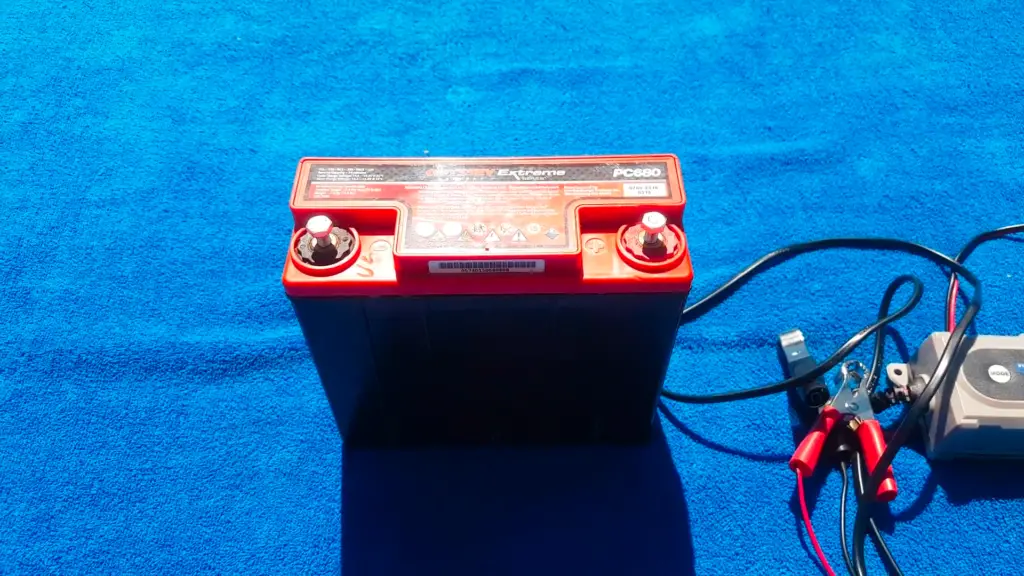
Maintenance of a dry cell battery
Caring for a dry cell battery is important to ensure that it lasts as long as possible. Here are some tips on how to maintain your dry cell battery:
- Check the terminals of your battery regularly. Clean them away from dirt, rust, or corrosion with a damp cloth and an old toothbrush.
- Avoid overcharging the battery and never leave it in direct sunlight. Overcharging can reduce its life significantly and leaving it in direct sunlight can cause damage to the internal components.
- Keep the area around the battery ventilated and free from debris such as dust, dirt, or lint. This will help keep air flowing through the case and prevent overheating.
- Store your batteries at room temperature and in a dry place. Extreme temperatures can reduce the life of your battery, so try to keep it in an area that is neither too hot nor too cold.
- Monitor the use and charge of your battery. If you find that you are constantly recharging it or it needs to be charged often, it may be time to replace your battery.
- Dispose of used batteries responsibly and according to local regulations. Batteries contain hazardous materials and should not be placed in regular trash cans. Contact your local waste management authority for more information on how to recycle or dispose of old batteries properly.
Follow these tips and you’ll ensure that your dry cell battery lasts as long as possible!
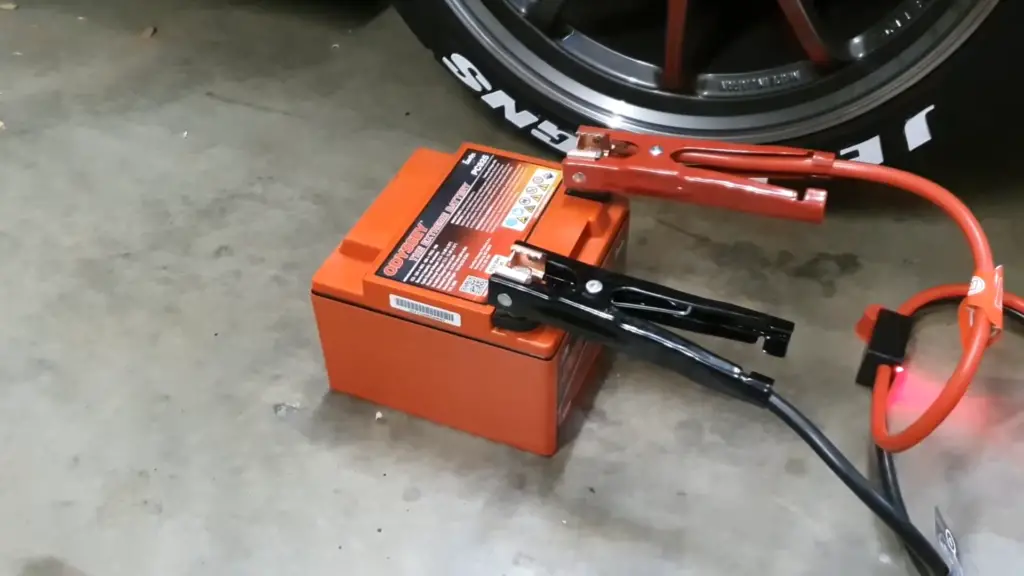
FAQ
How is the dry battery charged?
A dry battery can be charged by connecting it to a charger or power supply. The charger will provide electricity and charge the battery as long as it is connected. It is important to make sure that the voltage and amperage of the power supply are compatible with the battery before connecting it, otherwise, damage may occur.
Can I use any type of charger for my battery?
No, not all chargers are suitable for charging different types of batteries. Therefore, you should ensure that you use one specifically designed for your particular battery to avoid damaging it. Additionally, some chargers have adjustable settings which allow them to be used on different types of batteries so look out for these when purchasing.
How long does it take to charge a dry battery?
The time it takes to charge a battery depends on several factors such as the size and type of the battery, how much capacity it has left, and the amperage of the charger. Generally speaking, smaller batteries will charge faster than larger ones. Additionally, you should always unplug your charger once it is finished charging in order to prevent overcharging which can damage your battery.
What are some tips for properly caring for a dry battery?
One of the most important things you can do when it comes to taking care of your dry battery is to keep it at room temperature as exposure to extreme temperatures can cause damage or reduce its life expectancy. Additionally, make sure that you clean off any dirt or debris that may accumulate on the battery’s terminals. Finally, keep your battery away from moisture to prevent corrosion which can reduce its effectiveness and potential lifespan.
Do you have to charge a dry-charged battery?
Yes, dry-charged batteries are usually shipped with a limited amount of charge and must be charged before being used. Additionally, it is important to make sure that you use the correct charger for your particular type of battery in order to avoid doing any damage. Finally, once your battery has been fully charged it should be unplugged from the charger in order to prevent overcharging and extend its life expectancy.
Can I use a dry battery more than once?
Yes, most dry batteries can typically be used multiple times as long as they are properly cared for. Make sure to store them at room temperature when not in use and clean off any dirt or debris that accumulates on their terminals. Additionally, always unplug your chargers once they have finished charging and avoid exposing the batteries to extreme temperatures. Following these guidelines should help extend your battery’s life expectancy.
How do you revive a dead dry cell battery?
If your dry cell battery has died, you may be able to revive it by recharging it with a compatible charger or power supply. However, if the battery is completely dead and cannot hold a charge, then unfortunately there is no way to revive it and you will have to replace it. It is always important to make sure that your charger is compatible with the particular type of battery you are using in order to avoid damaging it.
Can I use a solar panel/charger for my dry cell battery?
Yes, some solar panels can be used as chargers for dry cell batteries but it is important to make sure that they are compatible before connecting them. Additionally, some solar panels have adjustable settings which allow them to be used on different types of batteries so look out for these when purchasing. Additionally, it is important to make sure that you unplug the charger once it is finished charging in order to prevent overcharging which can damage your battery.
Can I use a dry cell battery in cold weather?
Yes, most dry-cell batteries are designed to work in colder climates without any problems. However, if the temperature drops too low then it may reduce their effectiveness and life expectancy. Therefore, if possible try to keep them at room temperature when not in use and avoid exposing them to extreme temperatures. Additionally, always make sure that they are clean and free of dirt or debris before use as this can reduce their performance and shorten their lifespan.
Why does a dry cell battery go dead?
A dry-cell battery can go dead for a variety of reasons. For example, it could be due to overcharging, undercharging, or exposure to extreme temperatures. Additionally, if the battery isn’t used regularly then it may not hold a charge as well over time. It is important to make sure that you use the correct charger for your particular type of battery in order to avoid doing any damage and always unplug your chargers once they have finished charging in order to prevent overcharging. Finally, make sure that your battery is clean and free of dirt or debris which can reduce its performance and shorten its lifespan.
Does a dry battery need water?
No, a dry-cell battery does not need water. It is important to keep them away from moisture in order to prevent corrosion which can reduce their effectiveness and potential lifespan. Additionally, always make sure that your battery is clean and free of dirt or debris which can also reduce its performance and shorten its lifespan. Finally, try to store the battery at room temperature when not in use as exposure to extreme temperatures can cause damage or reduce its life expectancy.
How do you activate a dry battery?
In order to activate a dry-cell battery, it needs to be charged with a compatible charger or power supply. Additionally, some chargers have adjustable settings which allow them to be used on different types of batteries so look out for these when purchasing. Finally, make sure that you unplug your charger once it is finished charging in order to prevent overcharging which can damage your battery. After the battery has been charged, it should be ready for use.
What is the lifespan of a dry cell battery?
The lifespan of a dry-cell battery depends on various factors such as its capacity, the type of charger used to charge it, how heavily it is used, and the temperature at which it is stored. Typically, well-maintained batteries can have lifespans between 3 to 5 years. Therefore, it is important to make sure that you use the correct charger for your particular type of battery in order to avoid doing any damage, and always unplug your chargers once they have finished charging in order to prevent overcharging. Additionally, try to store them at room temperature when not in use and clean off any dirt or debris that accumulates on their terminals.
Useful Video: QWASHERS YOUTUBE DRY CELL BATTERY ODYSSEY PC680 HOW TO CHARGE WHY SMART
Conclusion Paragraph
To charge a dry cell battery, the user must use a charger specifically designed for that type of battery. This ensures that the charging process is safe and efficient. Dry cell batteries are widely used in many devices such as phones, cameras, laptops, etc., so it is important to know how to charge them properly. By following the correct procedures, users can ensure they get the most out of their dry cell batteries and extend their life. With proper care and maintenance, dry cells can last for years without any issues. The key to maintaining dry cell batteries is using the right charging equipment and following safety protocols when handling them. With these tips in mind, you should be able to enjoy the full potential of your dry-cell battery for many years to come!
References
- https://www.vedantu.com/evs/uses-of-dry-cell
- https://www.rfcafe.com/references/popular-electronics/dry-cell-recharging-popular-electronics-july-1967.htm
- https://itstillruns.com/recharge-dry-cell-8047829.html





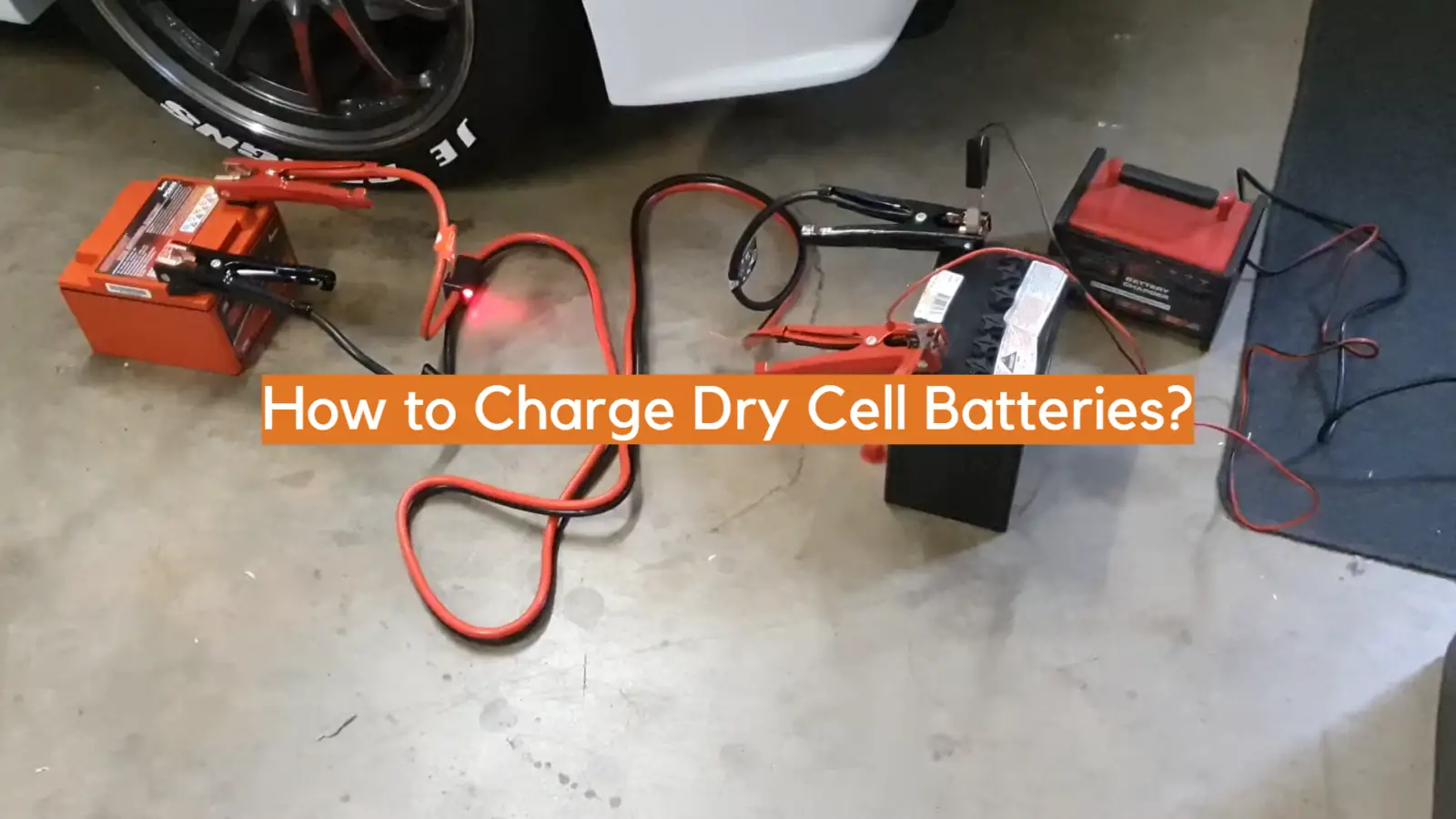




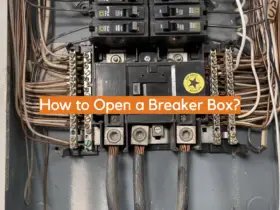


Leave a Reply